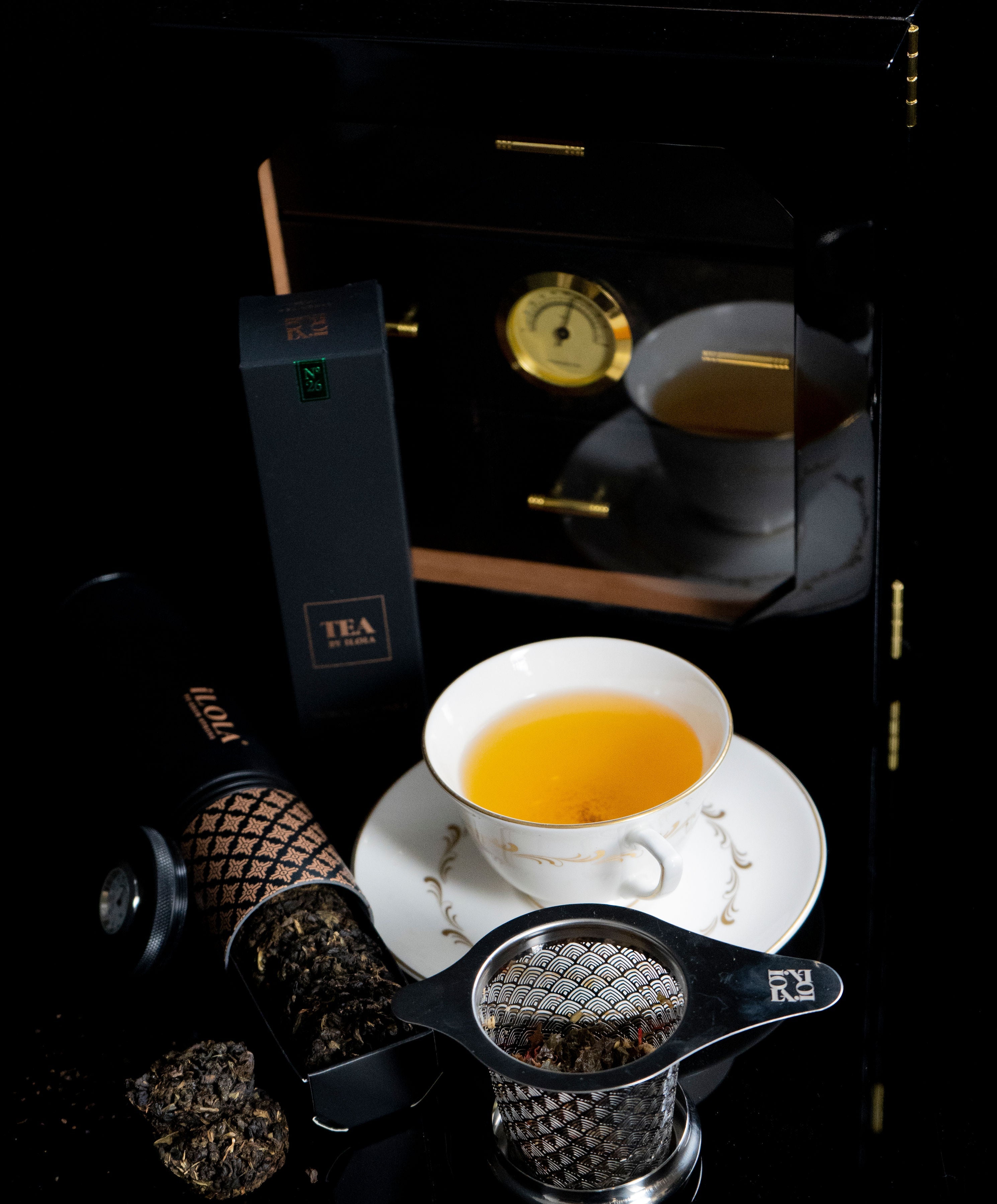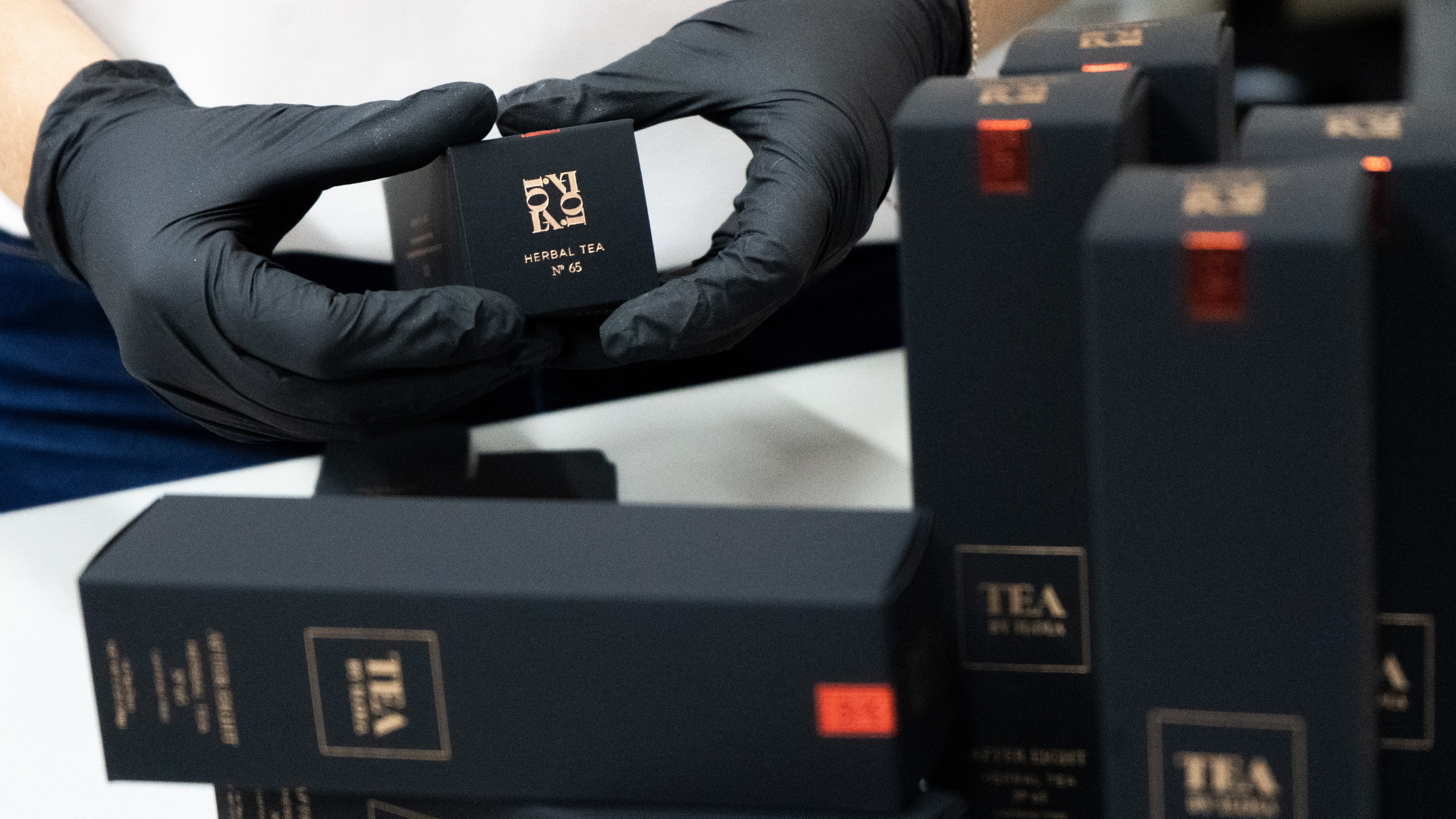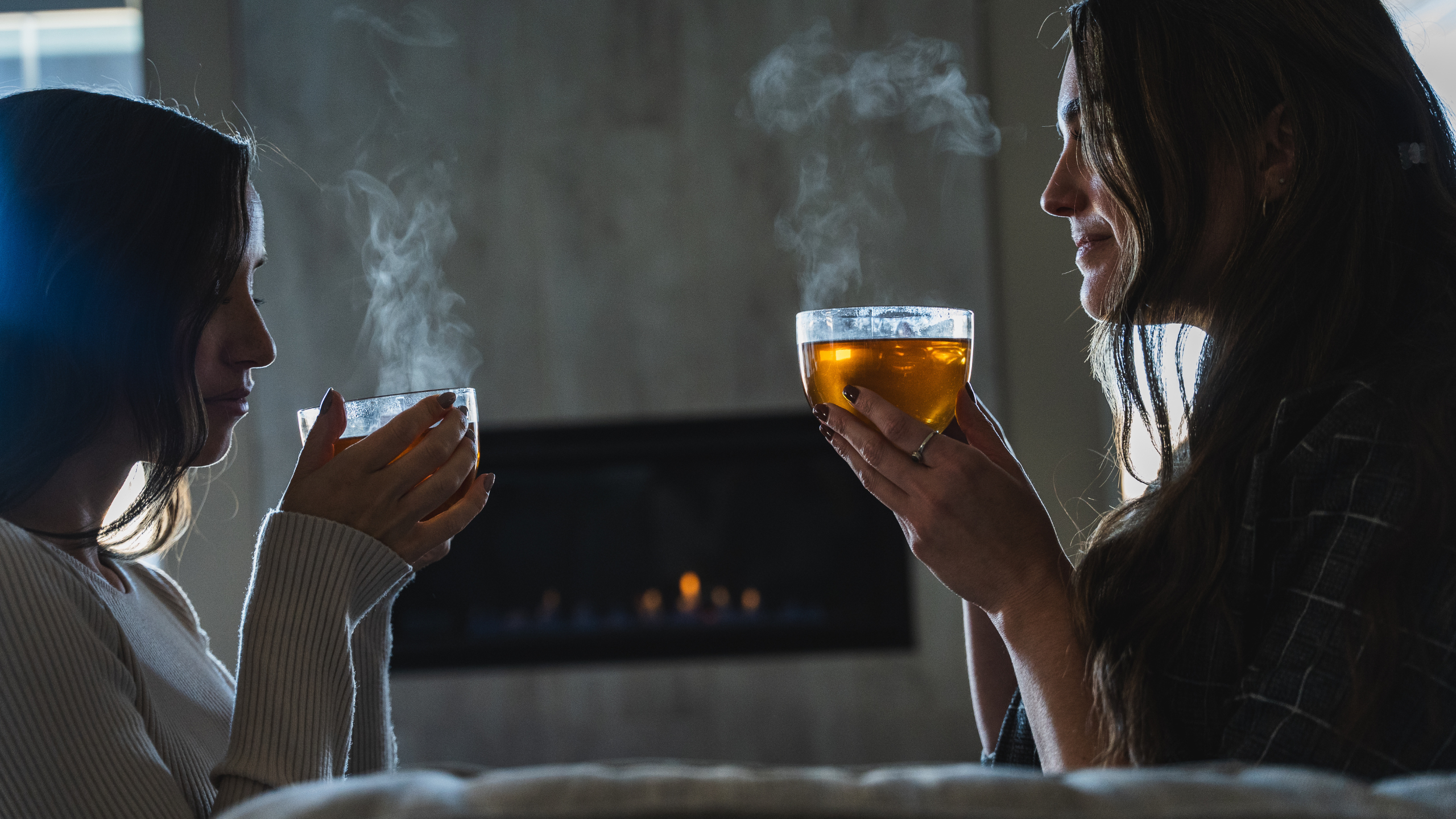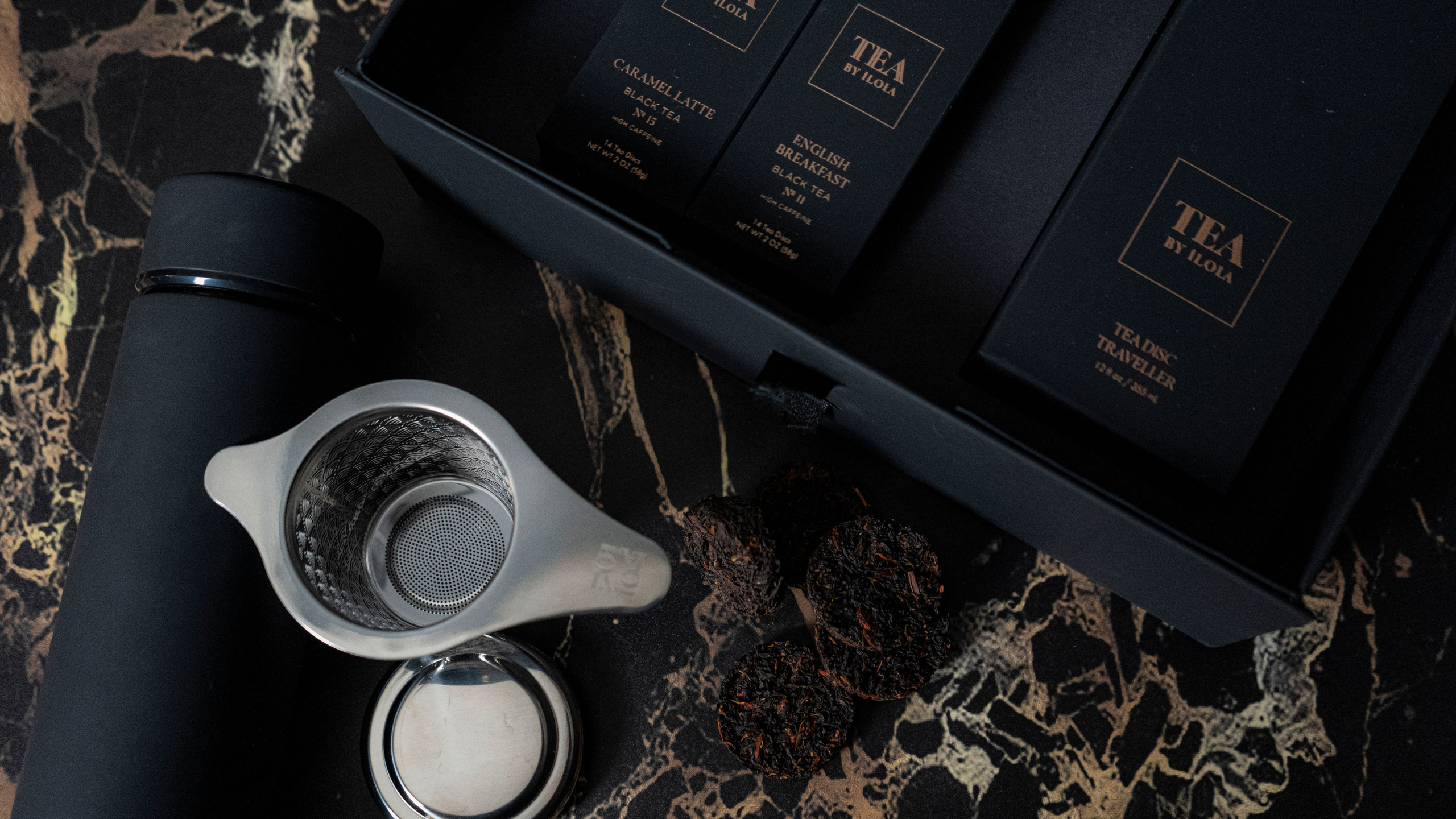The Luxurious World of
Green tea, with its rich heritage and refined elegance, offers a journey of sensory delight and wellness. At iLOLA Tea, we craft our green tea with precision and artistry, ensuring an unparalleled experience in every cup. In this exploration, we delve into the intricate world of green tea oxidation, the diverse types of green tea, the art of tasting, and the nuanced caffeine content that defines this exquisite beverage.
The Role of Oxidation in Green Tea:
Oxidation is a natural chemical process that occurs when tea leaves are exposed to oxygen, significantly impacting their color, flavor, and aroma. Unlike black and oolong teas, which undergo extensive oxidation, green tea's oxidation is intentionally halted to preserve its fresh, green qualities. This meticulous control of oxidation is what gives green tea its signature light, grassy notes and vibrant green hue.
iLOLA Tea’s Oxidation Control:
At iLOLA Tea, we masterfully halt oxidation through rapid heating methods like steaming or pan-firing immediately after harvesting. This process preserves the tea's natural freshness and vibrant color, ensuring a luxurious and healthful tea experience.








